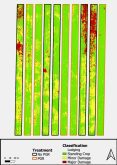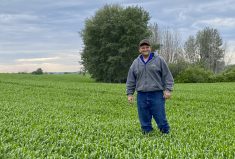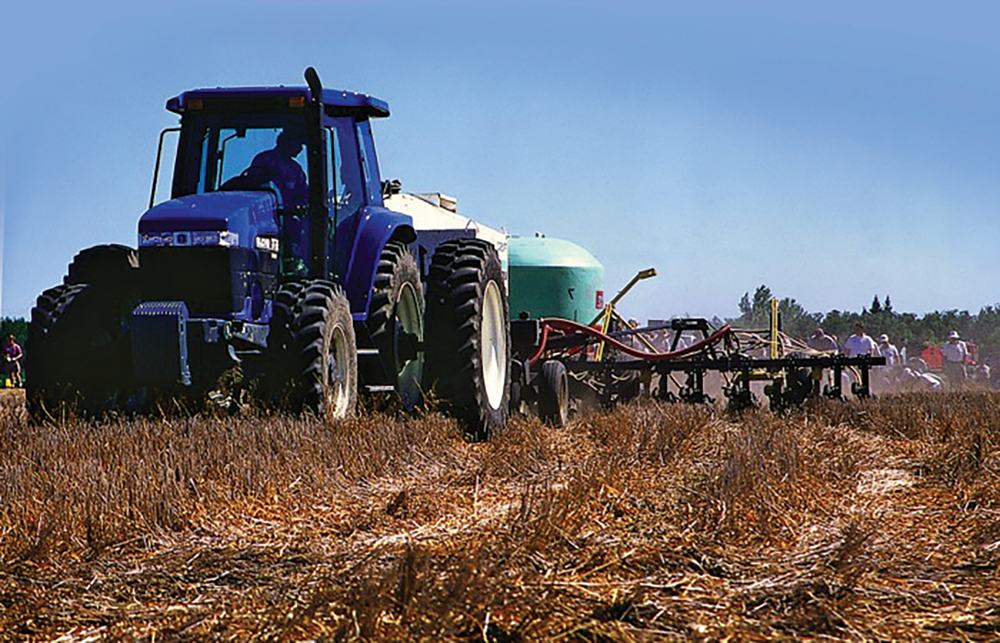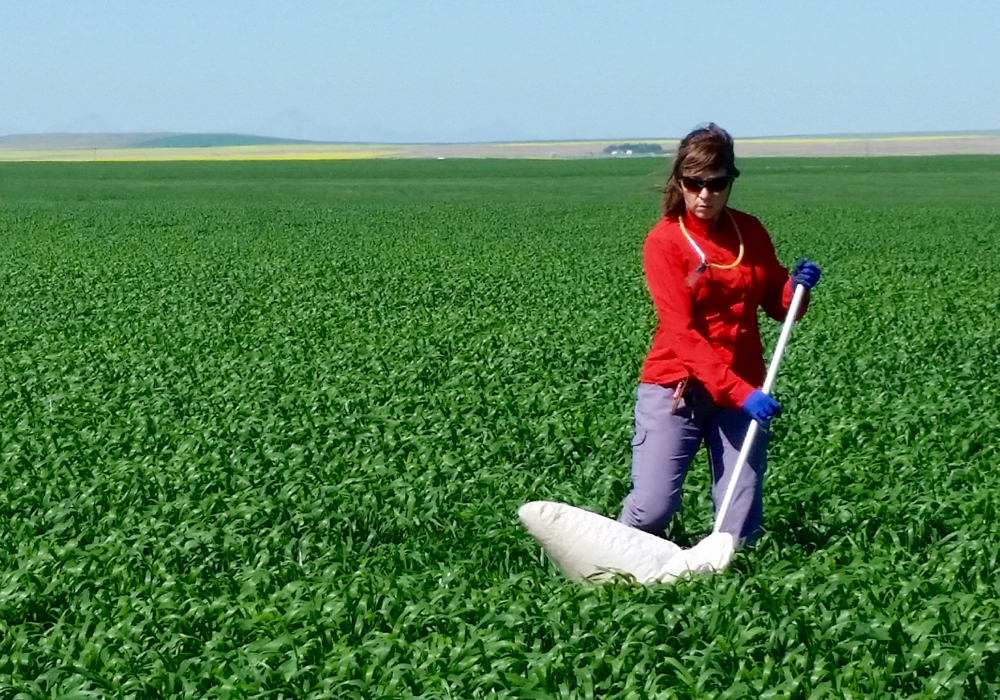Do plant growth regulators offer a good bang for your buck?
Sure — if the conditions are right. If not, you’re wasting your money.
“Plant growth regulators aren’t to be used on every acre, like a herbicide or nitrogen fertilizer,” said Sheri Strydhorst, a research scientist with Alberta Agriculture and Rural Development.
“Producers need to look at it as an insurance tool. If you don’t get lodging conditions, you’re not going to see the benefits of it.”
Plant growth regulators are designed to prevent lodging, which can slash yields between seven and 35 per cent, depending on when in the growing season it hits. Because of that, it’s “really difficult to quantify the return on investment” of using a plant growth regulator, said Strydhorst.
“If you don’t get lodging, you don’t see necessarily a yield benefit,” she said. “But if you do have a year where there’s bad lodging and you’re able to put on the plant growth regulator and keep the crop standing, there’s a big economic benefit to being able to straight cut that crop.”
Read Also

New crop insurer policy enables easier startup for faba beans
Agriculture Financial Services Corporation updated its normals for faba beans, which may open the door for more Canadian producers to feel comfortable growing the pulse crop in the future.
Lodging is usually caused by environmental conditions, so producers need to use their better judgment to decide if they’re at risk.
“Producers who are really pushing their inputs and have high moisture conditions are the ones who should be considering using a plant growth regulator,” said Strydhorst.
“If you’re in southern Alberta under irrigation with high nitrogen or high manure, and your typical CPS wheat yield is 100 bushels per acre, that’s where you really should be pencilling this into your production practice, just because the risk is there of lodging.”
Dryland farmers — especially in areas at risk of drought — likely won’t see a good return from using plant growth regulators, she said.
“If your typical wheat yield is 40 bushels an acre, that is not the growing area where plant growth regulators are intended.”
Choose wisely
But even in the right conditions for lodging, plant growth regulators are “not simple and straightforward,” said Strydhorst, who has seen mixed results when studying plant growth regulators — like Engage Agro’s Manipulator — on wheat and barley.
In some cases, yields have gone up, but they’re just as likely to drop, she said. And sometimes, it all depends on which variety is being used.
“Right now, Manipulator is registered on spring wheat, but what we’re finding is that it doesn’t work the same on all spring wheat varieties,” she said. “The company has said that it works really well on hard reds and not so well on CPS (Canada Prairie Spring). As a general statement, that might be true, but there are exceptions to those rules.”
In some general-purpose wheat varieties, plant growth regulators have caused “amazing height reductions,” but that’s not the case for all varieties.
“Harvest is a hard red variety that’s very commonly grown that’s very responsive, but something like CDC Go — another hard red variety — is not showing very substantial height reduction. We’ve even seen height increases with it,” she said.
“There’s lots of exceptions to the rules, which make it challenging.”
So far, AC Harvest, CDC Stanley, AC Stettler, and Coleman seem to be “very responsive” to plant growth regulators.
“You want to make sure you’re using a variety that does respond,” said Strydhorst.
Producers also need to get their staging right — and some plant growth regulators are pickier than others.
“If you get the staging wrong with some plant growth regulators, you can cause yield decreases, while some just might not work as effectively at reducing lodging,” said Strydhorst.
“Growers really need to be cautious and follow the label recommendations.”
For a product like Bayer CropScience’s Ethrel, producers shouldn’t apply it if they miss the staging window.
“That window is tiny, and if you miss it, you can cause yield decreases.”
Products like Manipulator have a larger window, but producers still need to target growth stage 30 to 32 — when the first and second nodes become visible — for it to be most effective.
“This is not staging where you drive by in the truck,” she said. “It’s not even staging where you walk through the field. You need to be pulling plants and dissecting them and looking at where nodes are moving.
“You might have two or three days to get your plant growth regulators, but you can’t miss those windows.”
















